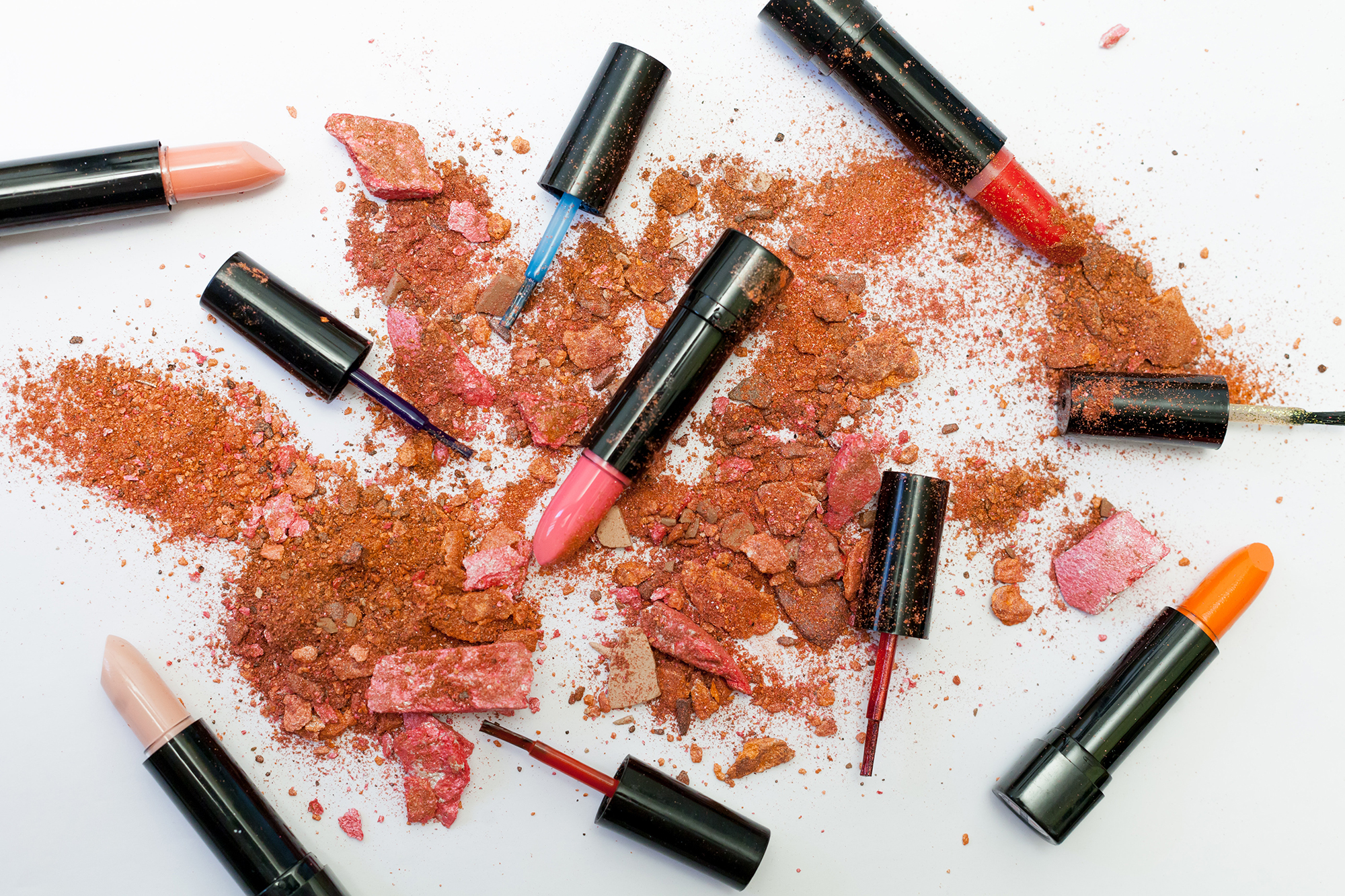Heavy Metals Impurities in Cosmetics

One of the most known and discussed groups of substances that are frequently detected as impurities in cosmetic products are heavy metals.
What are heavy metals?
Heavy Metals are naturally occurring elements, widely distributed in the environment in rocks, soil and water. Due to their persistent and ubiquitous nature, they can make their way in trace levels into the raw materials or during manufacturing and may end up in the cosmetic products we use every day.
Depending on how we are exposed to them, how often, how long, and at what levels, heavy metals can be toxic to humans. Health risks arising from exposure to these substances include reproductive, immune and nervous system toxicity.
The metals of primary toxicological concern in cosmetics are lead, arsenic, cadmium, mercury and antimony. These elements are prohibited substances within the scope of the Cosmetic Products Regulation, but several studies have found their presence as contaminants in a wide variety of personal care products, notably coloured products containing mineral pigments. It has also been reported that natural ingredients like plant-based materials are the major source of heavy metal contamination in cosmetics.
Heavy metal limits for cosmetics
There are currently no international standards for heavy metal impurities in cosmetics, but limits have been established in Germany for antimony (<0.5 mg/kg), arsenic (<0.5 mg/kg in general, 2.5 mg/kg for theater, fan or carnival make-up), cadmium (<0.1 mg/kg), lead (<2 mg/kg in general, 0.5 mg/kg in toothpaste, 5 mg/kg for the products make-up powder, rouge, eye shadow, eye liner, kajal, as well as theater, fan or carnival make-up) and mercury (<0.1 mg/kg) by the Federal Office of Consumer Protection and Food Safety, based on the levels that could be technically avoided, and a similar approach has been taken by Health Canada. The US Food and Drug Administration (FDA) also sets a maximum content limit for mercury (1 mg/kg) in cosmetic products as well as regulatory limits for colour additives used in cosmetics including arsenic, lead and mercury. In addition, a guidance limit for lead (10 mg/kg) in cosmetic lip products has been advised.
Heavy metal impurities should be removed wherever technically feasible, but when their presence is unavoidable under GMP, they should be taken into account in the safety assessment of the product to ensure that the product is still safe and consumer safety is not impacted.
References
Regulation (EC) No 1223/2009 of 30 November 2009 on cosmetic products
Health Canada. Guidance on Heavy Metal Impurities in Cosmetics. 2012
![[Logo Cosmedesk]](/media/ljbbhnk4/logo-cosmedesk.svg)